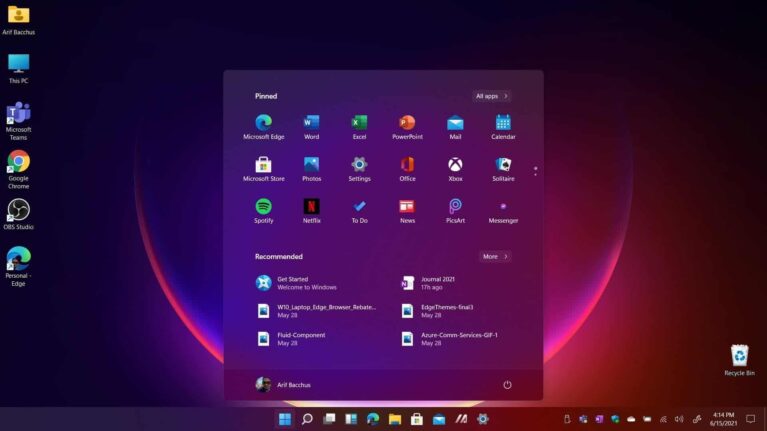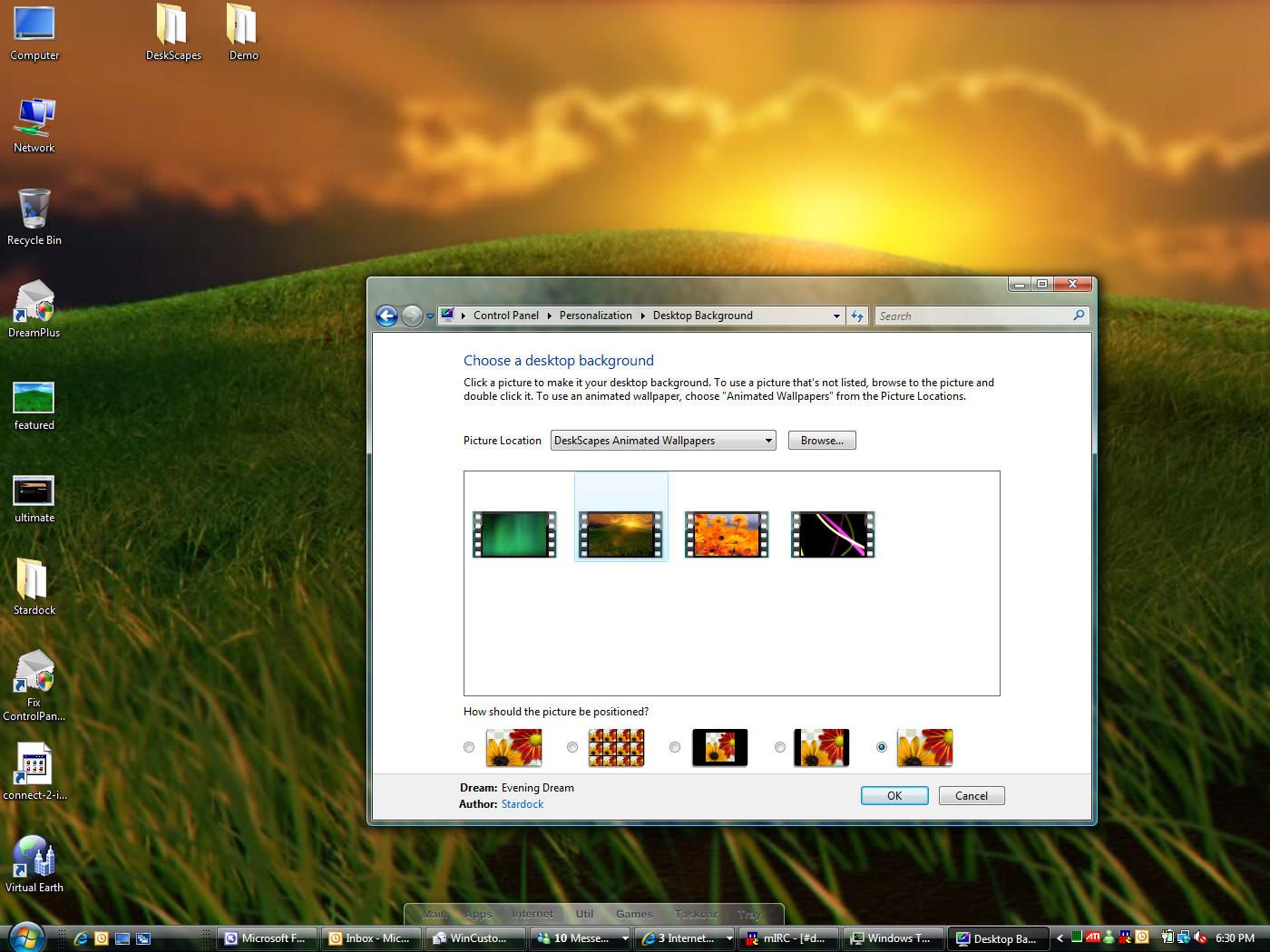Windows 11, the latest iteration of Microsoft’s flagship operating system, has introduced a host of new features and a sleek design overhaul that many users have embraced. Yet, behind its polished appearance, there was a feature that never saw the light of day: dynamic animated wallpapers. Revealed recently by Sergey Kisselev, a former motion designer and 3D artist at Microsoft, these wallpapers were designed to bring a fresh, animated touch to Windows 11’s user interface. So why did Microsoft ultimately cancel them? And what might have been if these vibrant, interactive wallpapers had made it into the hands of users?
Here's ads banner inside a post
Unveiling a Dream That Never Came True
Sergey Kisselev, who spent over eight years shaping the look and feel of Windows, worked as part of the Windows Creative Direction Team. In a recent post on Behance, he shared some of the dynamic wallpapers he had helped design for Windows 11. The animations were part of a broader initiative to celebrate Windows 11’s new design language, especially its centered Start Menu and taskbar. Kisselev described the dynamic wallpapers as a way to highlight these changes, creating a visually stimulating experience to complement the redesigned interface.
/cdn.vox-cdn.com/uploads/chorus_asset/file/25813986/dynamicwallpapers.jpg)
Here's ads banner inside a post
But these weren’t just any animated backgrounds. According to Kisselev, these wallpapers were specifically intended for Microsoft’s more affordable devices, particularly those aimed at the education sector. With the idea of making Windows 11 visually appealing on lower-cost devices, Microsoft envisioned a way to offer an immersive, animated experience without taxing the hardware. This innovative concept aimed to breathe life into everyday tasks and offer a more engaging desktop experience.
The Feature That Wasn’t Meant to Be
Originally slated to be part of the 23H2 update for Windows 11, the dynamic wallpapers never made it past the development stage. Windows Central reports that Kisselev’s project was eventually abandoned, and unfinished parts of the feature trickled into the 22H2 and 23H2 updates before being quietly removed in the 24H2 update. This suggests that Microsoft may have hit roadblocks during development, possibly due to performance issues, user feedback, or a shift in strategic priorities.

Here's ads banner inside a post
Albacore, a well-known Windows insider, confirmed the feature’s cancellation, noting that despite early excitement surrounding the dynamic wallpapers, it never came to fruition. It seems that this ambitious project, once intended to showcase Windows 11’s aesthetic and technological capabilities, simply couldn’t make it out of the testing phase.
A Glimpse Into the Future of Windows Visuals
Though dynamic animated wallpapers never made it to the final version of Windows 11, the idea itself isn’t entirely new. Kisselev’s designs bore a strong resemblance to the animated dashboard of Xbox, where dynamic visuals are used to create an immersive, vibrant experience. But while dynamic content has long been a hallmark of gaming consoles, the same level of immersion hasn’t made its way to desktop operating systems—at least not natively.

Microsoft’s history with animated desktop backgrounds dates back to Windows Vista, when DreamScene was introduced as a way to use video as a wallpaper. While DreamScene had its moments of intrigue, it never gained widespread traction and was eventually phased out in subsequent versions of Windows. Fast-forward to Windows 11, and it seems Microsoft was eager to revisit the concept with a more modern approach, only to pull back once again.

Third-Party Solutions: A Community-Driven Answer
While Windows itself may not have delivered on the promise of animated wallpapers, users have always found ways to customize their desktop environments. Third-party applications like Wallpaper Engine have become a staple for those wanting animated backgrounds, offering a level of personalization and interactivity that Microsoft has yet to provide natively. In a way, these apps have become the unofficial solution to a feature that many Windows users have longed for.

Despite this, it’s clear that Microsoft’s intentions with dynamic wallpapers were far from trivial. The concept hinted at a new era of desktop computing, where even the smallest details—like your desktop background—could become a dynamic part of the experience. Had it been fully realized, it might have ushered in a new standard for OS design, much like how macOS and Linux have incorporated their own forms of visual flair.
The Bigger Picture: Why Did It Fail?
The cancellation of the dynamic wallpapers feature raises an important question: Why did Microsoft, a company known for its commitment to design innovation, choose to abandon a project that seemed poised to enhance the Windows 11 experience? Was it a matter of resources? Perhaps the project turned out to be more resource-intensive than expected, leading Microsoft to shift focus elsewhere. Or maybe the feature was deemed unnecessary, given the advancements in third-party apps that already provided similar functionality.
Another possibility is that the feature simply didn’t fit with the overall direction of Windows 11. Since its release, Windows 11 has been marketed as a streamlined, productivity-focused OS, with a primary emphasis on user efficiency and a clean, simple design. Dynamic wallpapers might have been seen as a distraction, or even a gimmick, in a world where users increasingly demand better performance over aesthetic fluff.
A Future Filled with Possibilities
Even though dynamic wallpapers were canceled, Microsoft’s pursuit of visual excellence for Windows isn’t over. The Fluent Design System, which has become a core element of Windows 11, continues to evolve, with subtle animations and interactive elements that enhance the user experience. It’s likely that we’ll see more experiments with dynamic visuals in future Windows updates, albeit perhaps in different forms.

For now, users who still crave an animated desktop will need to rely on third-party applications. But the concept of dynamic, immersive wallpapers remains an exciting possibility for the future—one that could one day come to life in a future version of Windows.
In the end, the story of Windows 11’s dynamic wallpapers is one of potential unrealized. It’s a glimpse into a vision that never fully came to fruition, but a vision that may one day return in a different form—more refined, more polished, and more in tune with the evolving demands of Windows users.

